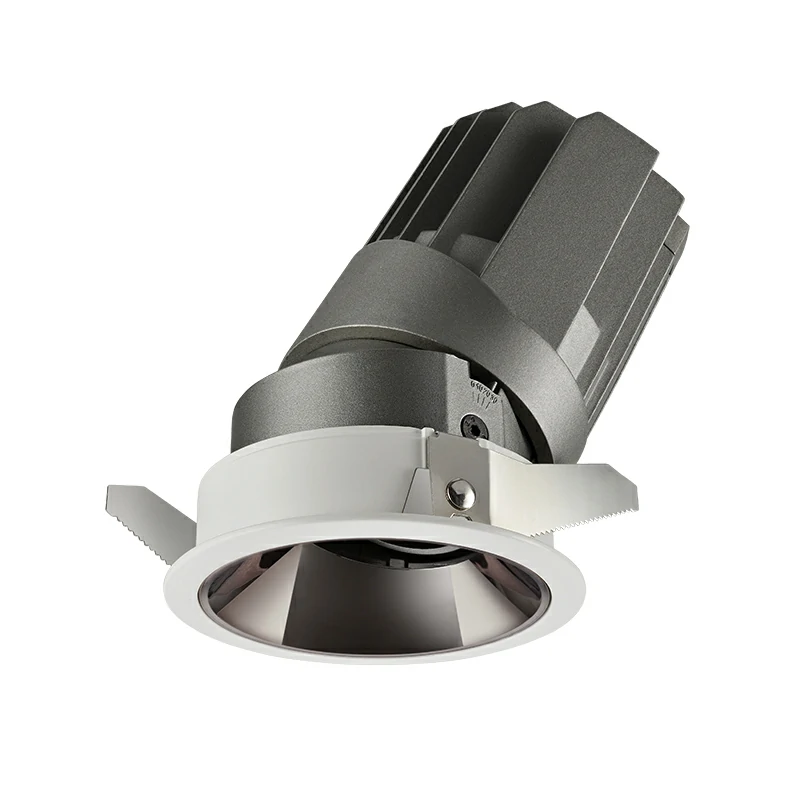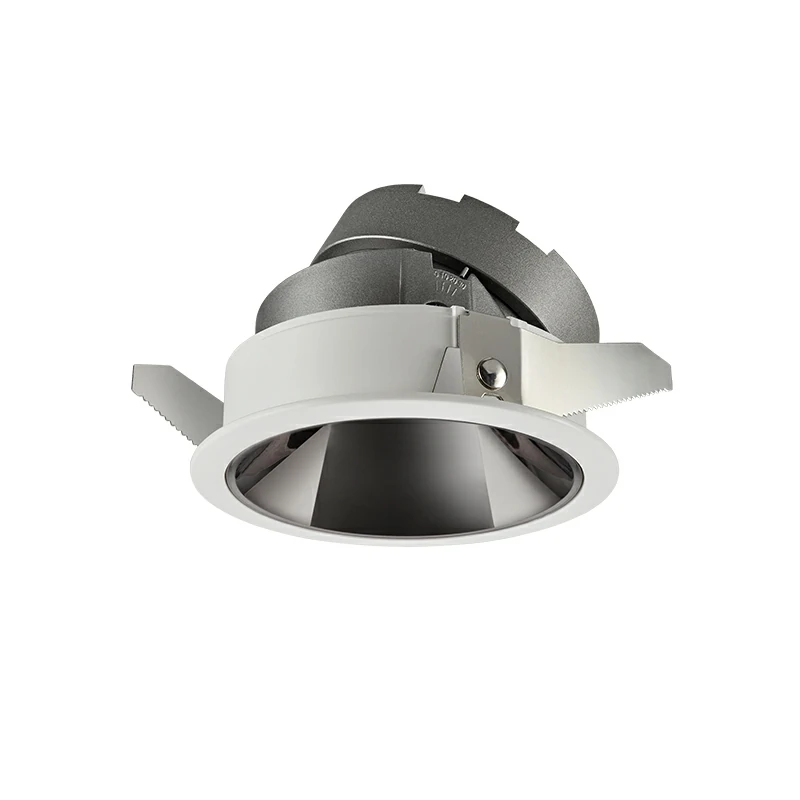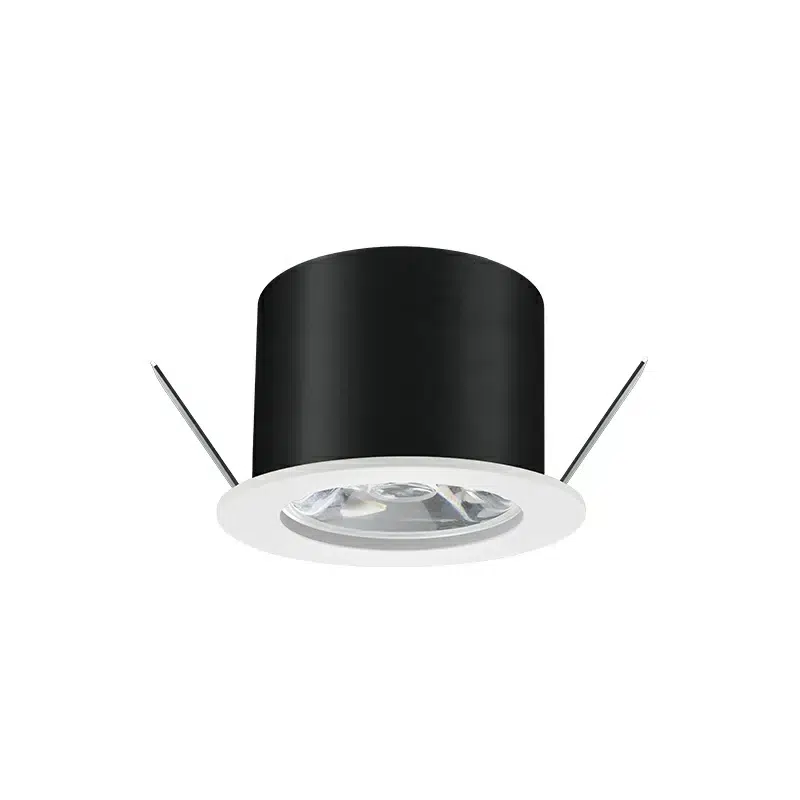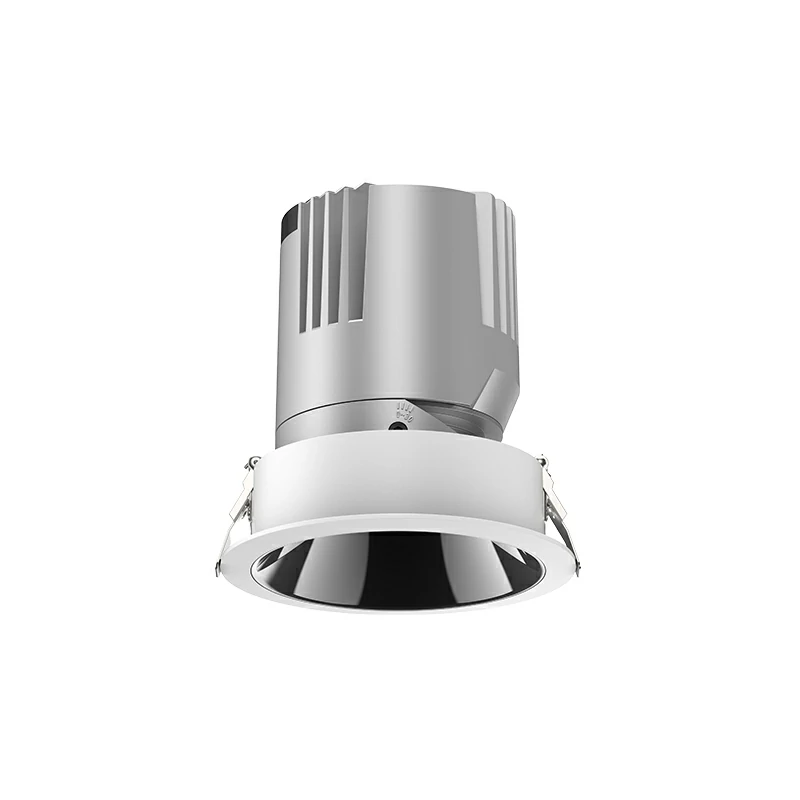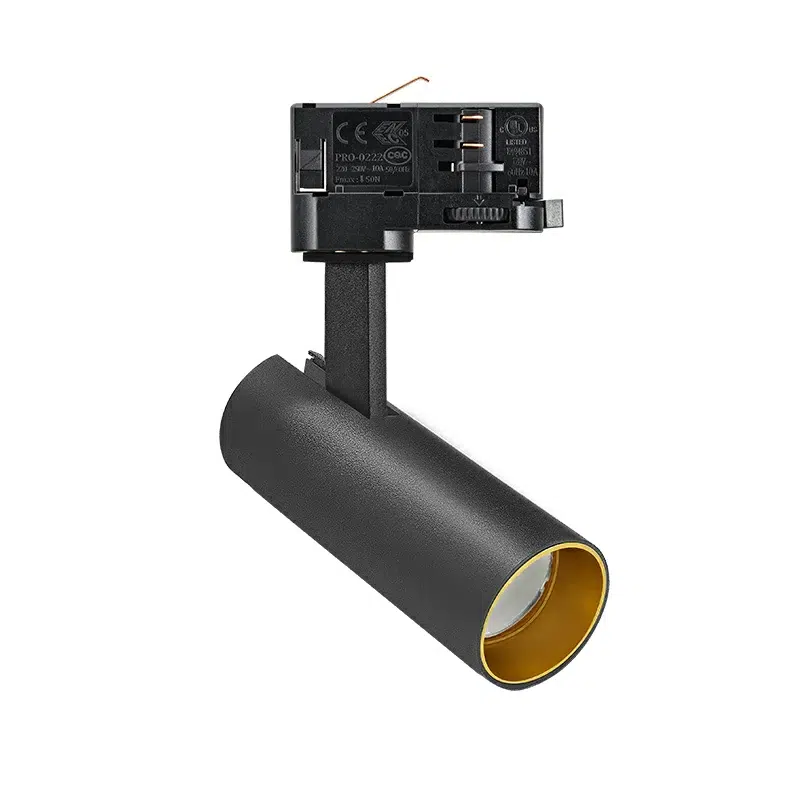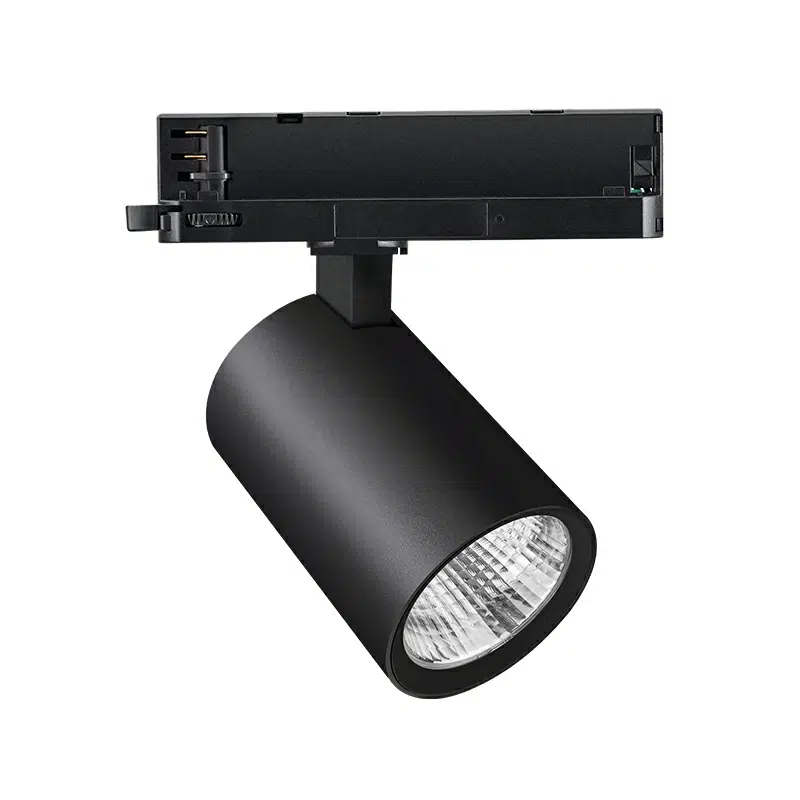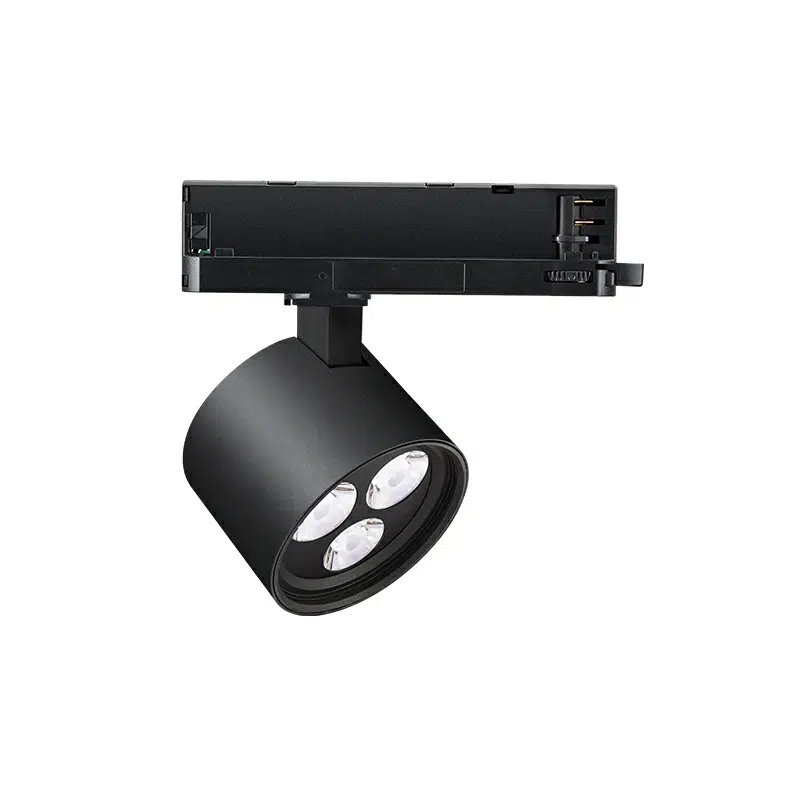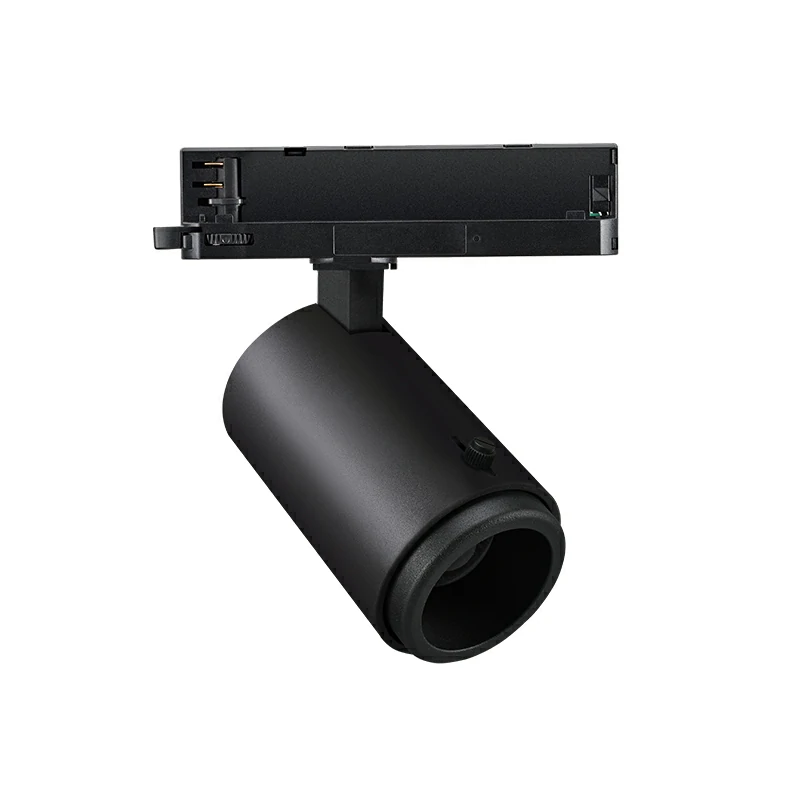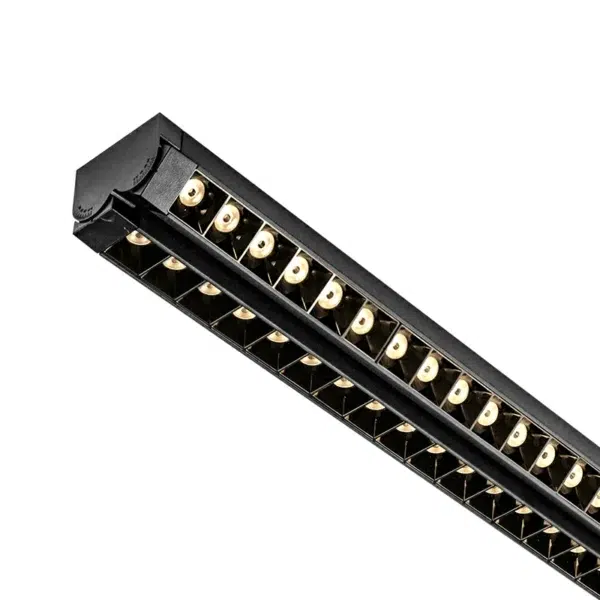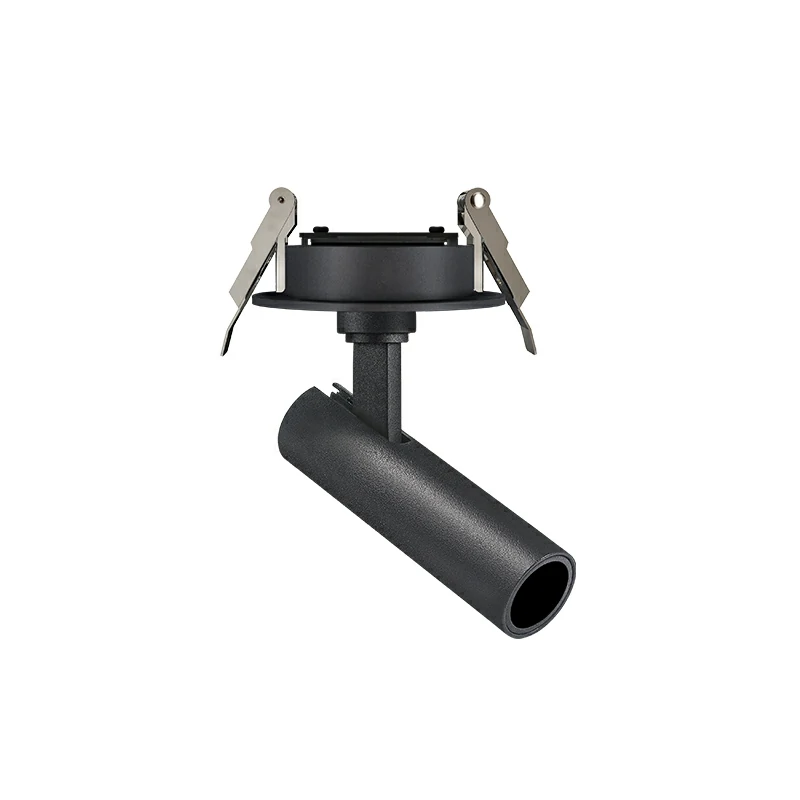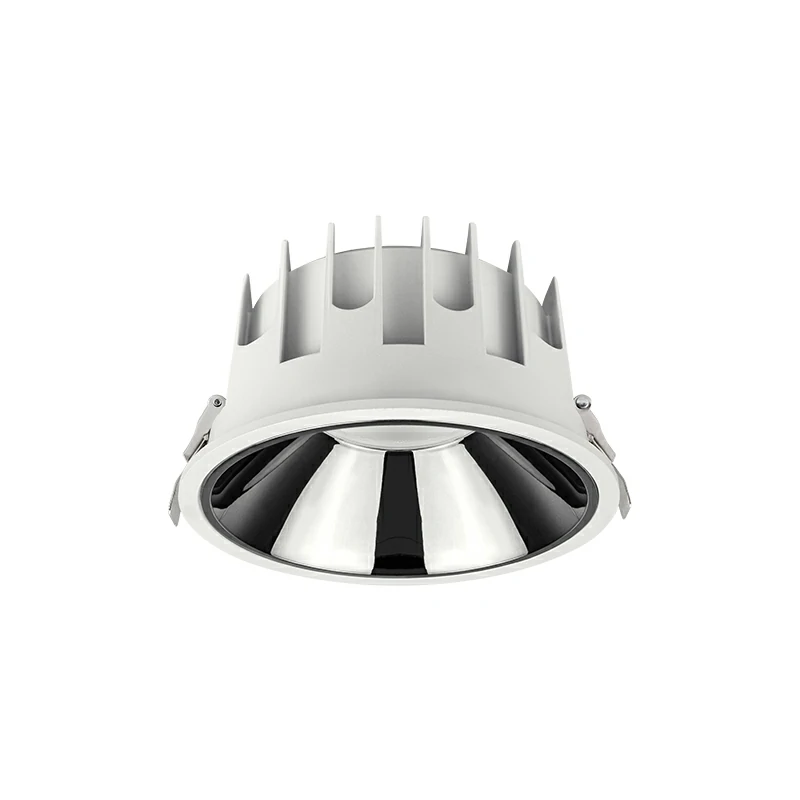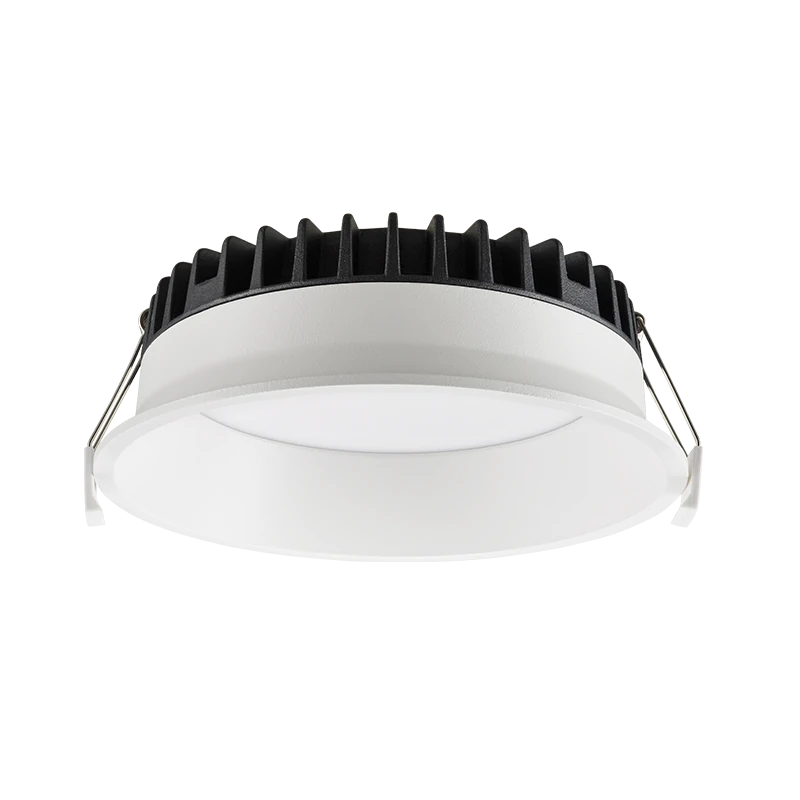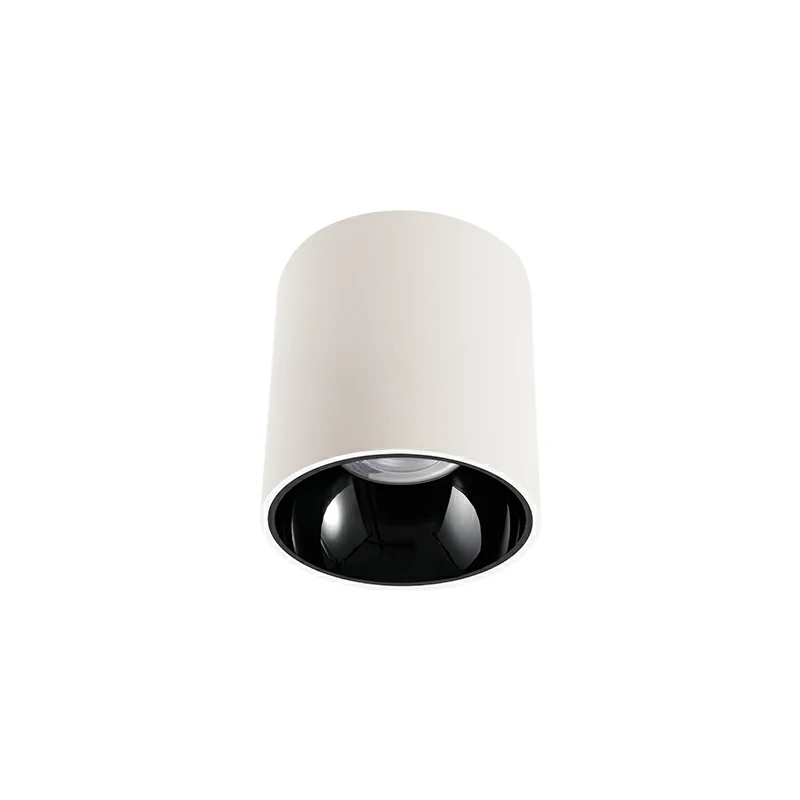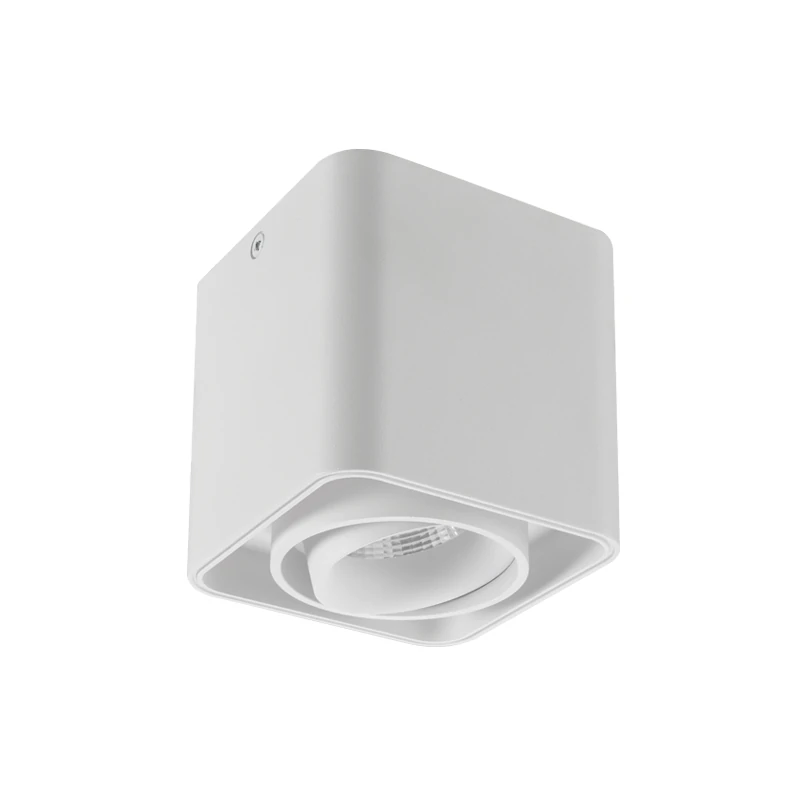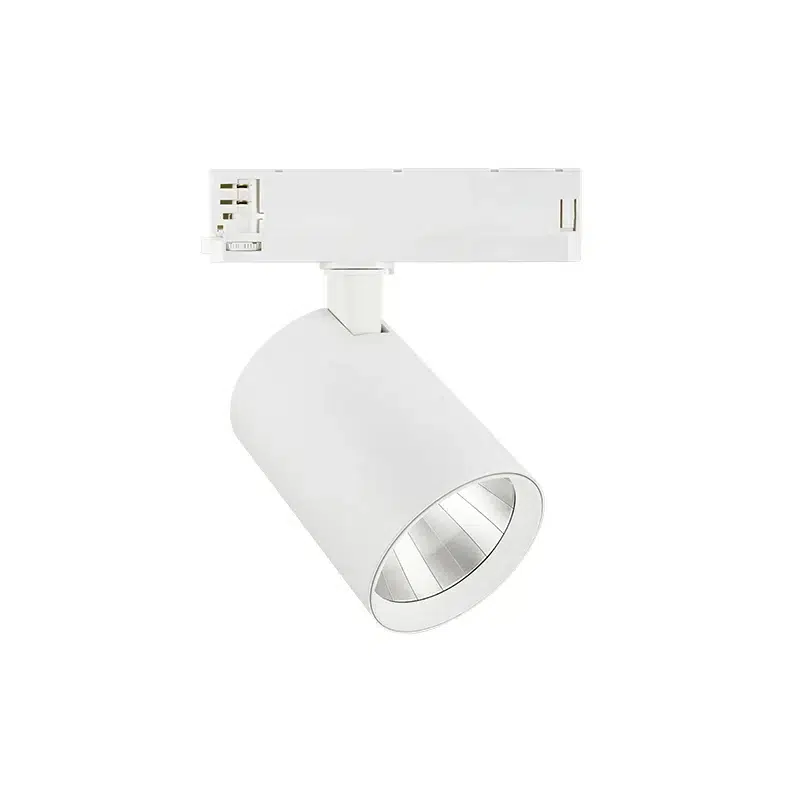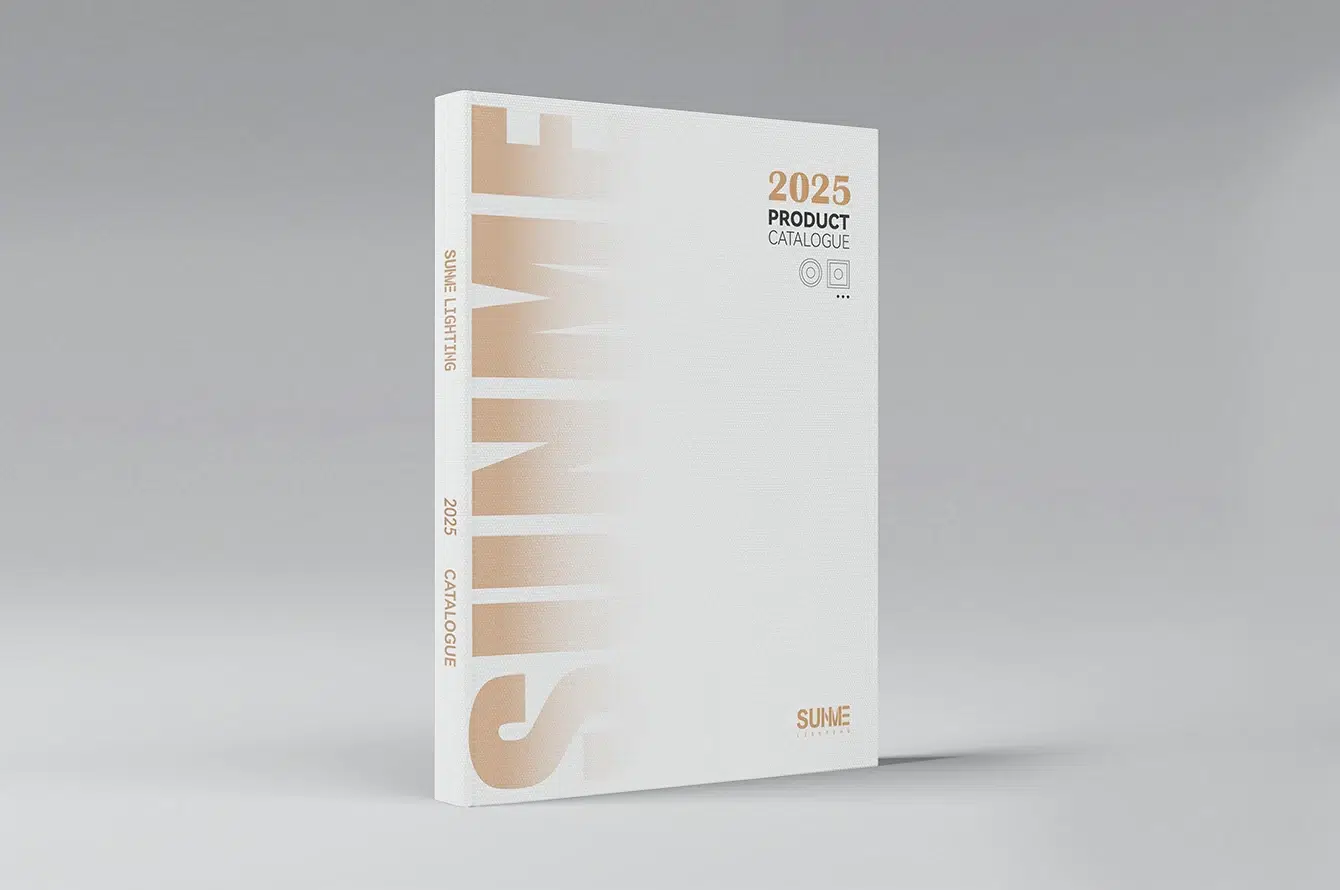Elenco delle domande frequenti
Profilo aziendale
In qualità di produttore professionale di illuminazione a LED in Cina, abbiamo più di 10+ anni di esperienza nell'illuminazione commerciale, compresi i downlight a led, le plafoniere, le luci a binario, i faretti e i moduli downlight a led con vari tipi di modelli e prodotti personalizzati disponibili.
ISO9001 / ISO14001 / CCC/CE/UKCA/ERP e ROSH
Sì, rivolgiamo un caloroso invito ai partner ODM/OEM che desiderano unirsi a noi.
Sunme Lighting è specializzata nella fornitura di servizi OEM/ODM di alto livello. Il nostro team di ricerca e sviluppo ha una ricca esperienza nello sviluppo dell'illuminazione a LED.
In caso di imminenti sviluppi di progetti o di richieste specifiche di prodotti, potete comodamente compilare il modulo di contatto o semplicemente inviarci un'e-mail. I nostri team si impegnano a fornire il miglior supporto possibile.
Offriamo un servizio di personalizzazione in base alle vostre esigenze di illuminazione, come le diverse dimensioni/colori e l'effetto luminoso che desiderate.
Apprezziamo molto la collaborazione con i clienti, aderendo allo spirito di reciproco vantaggio.
Sunme Lighting fornisce un supporto completo senza fissare un quantitativo minimo d'ordine (MOQ).
In generale, offriamo 3 anni di garanzia e 5 anni di disponibilità.
Osram/Tridonic/Philips/KGP/Eaglerise/Lifud sono disponibili a seconda delle preferenze.
Powergear/Global/Unipro/KGP/Osram/Tridonic/Philips/VS sono disponibili a seconda delle preferenze.
Bridgelux/Citizen/Philips/Cree/Osram/Luminus sono disponibili a seconda delle preferenze.
Il tempo di campionatura è di circa 7-10 giorni e il tempo di produzione di massa è di circa 25-35 giorni, a seconda delle quantità richieste e dei materiali chiave immagazzinati.
Possiamo offrirvi il database completo, come specifiche/immagini in HD/disegni in linea/file di IES/disegno 3D/video di presentazione.
Alimentazione
Esistono tre modalità di dimmerazione: la dimmerazione cablata, la dimmerazione wireless e la dimmerazione integrata. La dimmerazione cablata comprende la dimmerazione Triac, la dimmerazione 0/1-10V, la dimmerazione DALI, la dimmerazione wireless comprende la dimmerazione Bluetooth, la dimmerazione ZIGBEE, la dimmerazione WIFI, la dimmerazione RF, la dimmerazione integrata si riferisce alle lampade e alle lanterne sopra la manopola che possono essere regolate in base alla luminosità delle lampade e delle lanterne.
I driver privi di sfarfallio sono comuni a due programmi, uno è un basso valore di PF del driver, come ad esempio un valore di PF inferiore a 0,5, questo driver è privo di sfarfallio, generalmente più utilizzato per potenze inferiori a 15W. Un altro è il valore PF > 0,9, questo driver nell'acquisto di requisiti speciali per la funzione flicker-free, generalmente utilizzato per potenze superiori a 15W.
Esistono due tipi principali di dimmerazione dei LED: leading edge e trailing edge. I due metodi si differenziano per il modo in cui controllano la tensione delle luci LED, che può influenzare il funzionamento del dimmer.
In parole povere, DALI è un modo digitale di gestire l'illuminazione moderna. Si può anche distinguere come Digital Addressable Lighting Interface (DALI).
è ora possibile far funzionare insieme tutti i componenti DALI di un sistema di illuminazione di produttori diversi, a condizione che contengano il logo DALI.
I sistemi DALI utilizzano segnali digitali per trasferire i comandi dai sistemi di controllo agli apparecchi di illuminazione e viceversa.
I driver DALI hanno in comune le due versioni DT6 e DT8, DT6 può realizzare solo la dimmerazione, DT8 può realizzare la dimmerazione e la regolazione della temperatura colore.
Il metodo di dimmerazione 1-10V prevede un segnale trasmesso tra 1V e 10V. Mentre 1V indica la quantità minima di luce (solo 10%), 10V indica la quantità massima di luce per questo metodo di dimmerazione dei LED: 100%.
Una differenza fondamentale tra la dimmerazione 0-10V e la dimmerazione 1-10V è la diversa tensione di accensione e spegnimento. Mentre i metodi di dimmerazione 0-10V si accendono a 0,3V, quelli 1-10V si accendono tra 0,7 e 0,8V.
I metodi di dimmerazione 0-10V funzionano trasmettendo un segnale compreso tra 0 e 10V. In questo modo, la potenza della lampada viene scalata, fornendo un'emissione luminosa di 100%. Naturalmente, la tensione di 0V fornisce la quantità minima di luce.
La dimmerazione 0-10V è stata testata nel corso degli anni e rimane un protocollo di controllo della dimmerazione dei LED semplificato, ma sempre affidabile.
Sia il metodo di regolazione 0-10V che quello 1-10V sono classificati come metodi analogici.
Sorgente luminosa
Alcuni produttori sofisticati descrivono la consistenza del colore utilizzando una metrica chiamata SDCM o ellissi di MacAdam, che si riferiscono entrambe allo stesso concetto e alla stessa metrica. L'unità di misura è un "passo" e maggiore è il numero di passi, maggiore è la variazione di colore.
In generale, la consistenza del colore è considerata accettabile quando rientra in un intervallo di 5 passi SDCM per le applicazioni standard e di 3 passi SDCM per le applicazioni più esigenti per usi professionali o architettonici. In alcuni casi, sono necessarie tolleranze cromatiche ancora più ristrette, ma la maggior parte delle persone non sarà in grado di notare alcuna deviazione cromatica una volta che la consistenza raggiunge 1 o 2 SDCM.
L'indice di resa cromatica (CRI) è una misura della resa dei colori naturali sotto una sorgente di luce bianca artificiale rispetto alla luce solare. L'indice è misurato da 0 a 100. Un valore perfetto di 100 indica che i colori degli oggetti sotto la sorgente luminosa appaiono identici a quelli della luce solare naturale. I CRI inferiori a 80 sono generalmente considerati "scarsi", mentre gli intervalli superiori a 90 sono considerati
Parturient viverra enim torquent elit sociosqu sociis consectetur pretium suspendisse sem scelerisque risus magna est consectetur ullamcorper nunc.
Porta sapien nulla maecenas quis condimentum curabitur suscipit dolor est phasellus dui sociis fringilla a dignissim quisque ullamcorper nec eu eros.Elit consectetur non parturient tempus adipiscing nullam metus.
La maggior parte dei prodotti per l'illuminazione a LED è disponibile in una varietà di temperature di colore in varie tonalità di bianco. La temperatura di colore correlata, o "CCT" nel gergo dell'illuminazione, è un termine che indica il colore caldo (giallo) o freddo (blu) della luce emessa da una lampadina o da un apparecchio LED. Si misura in unità di Kelvin (K) - su una scala da 1.000 a 10.000 - ed è più facile da spiegare in termini di funzionamento della luce solare.
Ottica
Basta aggiungere un filtro colore per passare facilmente a RGB. Nuovi design di Sunme Lighting.


